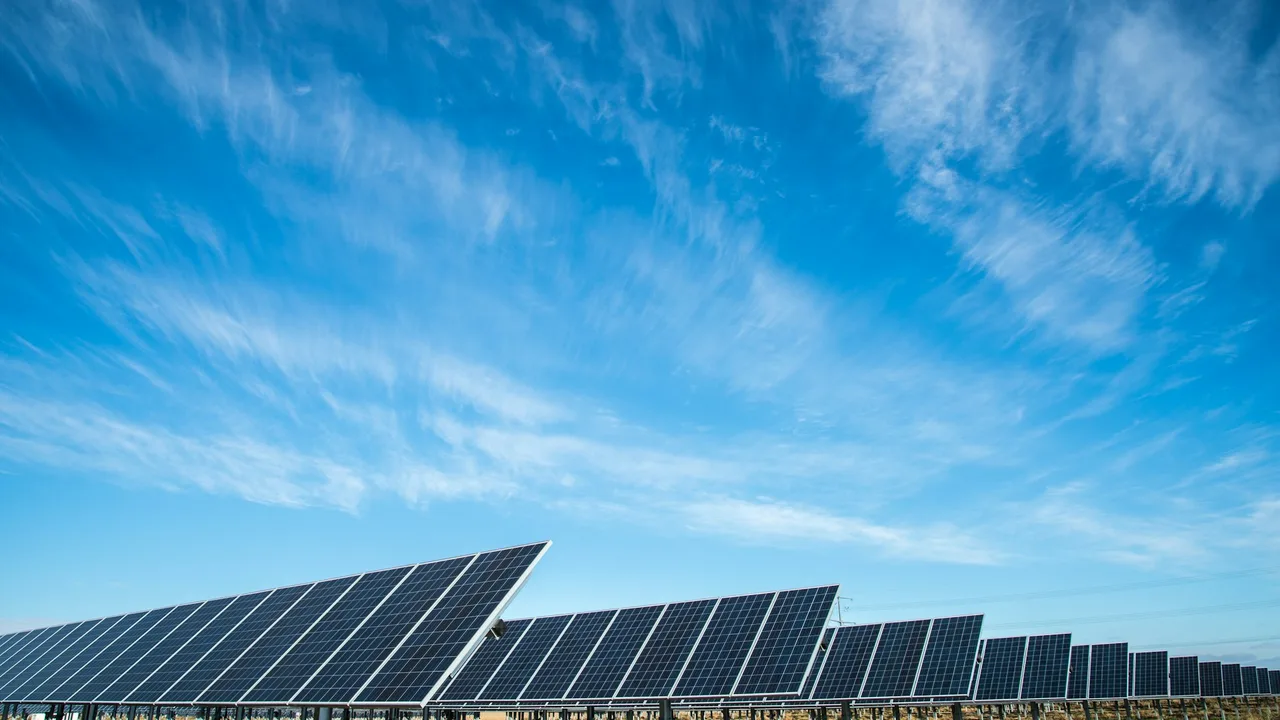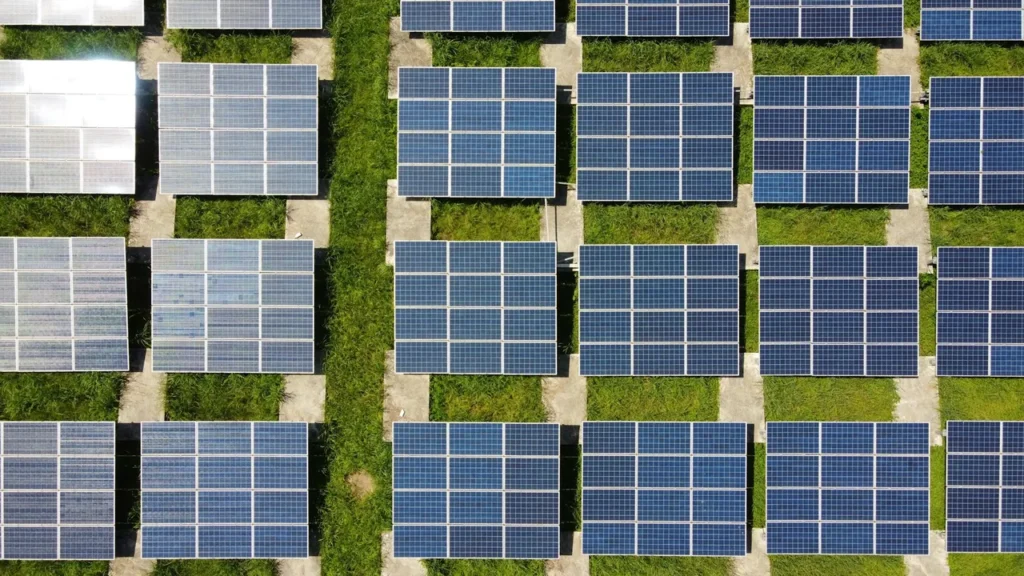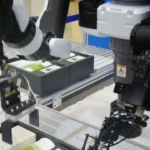Renewable energy infrastructure has become the backbone of the global transition toward clean and sustainable power. As nations aim to reduce carbon emissions and achieve energy independence, the development of advanced systems that integrate wind, solar, and hybrid plants is shaping the modern energy landscape. This transformation is not only technological but also strategic, redefining how power is generated, stored, and distributed worldwide.
Understanding Renewable Energy Infrastructure
At its core, renewable energy infrastructure refers to the entire ecosystem that enables the production, transmission, and management of renewable power. It includes generation facilities such as wind farms and solar plants, energy storage systems, smart grids, and digital control networks. Unlike fossil-based systems that rely on centralized generation, renewable infrastructure promotes decentralization, allowing energy to be generated closer to where it is consumed.
Key Components of Renewable Systems
- Wind Energy Facilities: Modern turbines convert kinetic wind power into electricity through aerodynamic blades and high-efficiency generators. Offshore and onshore installations are both crucial for meeting regional energy demand.
- Solar Energy Systems: Photovoltaic (PV) panels capture sunlight and transform it into clean electricity. With innovations like bifacial modules and concentrated solar power, solar systems can now operate more efficiently even under varying light conditions.
- Hybrid Plants: These advanced facilities combine wind and solar generation, often supported by battery storage, to ensure a consistent power supply throughout day and night cycles.
- Energy Storage: Lithium-ion batteries, hydrogen fuel cells, and pumped-hydro systems help balance intermittent renewable output and maintain grid stability.
- Transmission and Distribution Networks: Smart grids enable real-time energy flow monitoring, improving efficiency and reducing losses.
Wind Energy: Harnessing the Power of Nature
Among all renewable sources, wind energy has witnessed remarkable growth over the last decade. Advances in turbine design, materials, and control systems have made it one of the most cost-effective options in renewable energy infrastructure. Offshore wind farms, located in high-wind zones, can generate enormous amounts of power while minimizing land use.
Wind projects also support local economies by creating manufacturing and maintenance jobs. Their modular nature allows developers to scale installations according to grid demand and environmental constraints. As grid integration improves, wind power is expected to cover an even larger portion of global electricity needs.
Solar Power: From Rooftops to Utility-Scale Plants

Solar technology forms another essential pillar of renewable energy infrastructure. From residential rooftops to massive desert-based solar farms, photovoltaic power provides clean and accessible energy. Continuous innovation has drastically reduced costs and improved performance, with thin-film and high-efficiency silicon cells leading the market.
However, solar generation is naturally variable. Integrating solar plants into the grid requires advanced forecasting tools and flexible storage. Smart inverters, digital controllers, and AI-based monitoring systems have emerged as vital technologies for optimizing solar performance. According to the International Energy Agency (IEA), improving grid flexibility and digital coordination will be key to unlocking the full potential of global solar resources.
Combining Wind and Solar for Maximum Efficiency
When combined, wind and solar systems create a balanced and resilient power mix. Their generation profiles complement each other—solar peaks during the day, while wind often intensifies at night. This synergy enables hybrid energy solutions capable of providing steady output with minimal reliance on fossil backup systems. Modern hybrid projects integrate sophisticated energy management software to predict generation patterns, dispatch stored energy efficiently, and maintain grid frequency stability.
Hybrid Plants: The Future of Energy Generation
Hybrid plants represent the next evolution in renewable energy infrastructure. By merging multiple renewable sources and energy storage within a single site, these systems overcome intermittency challenges and ensure a reliable power supply. A hybrid facility might combine solar PV, wind turbines, and battery storage controlled by a unified energy management system.
This integration not only optimizes energy output but also maximizes land and capital efficiency. Shared substations, cables, and monitoring systems reduce the overall investment cost while increasing generation capacity. In regions where renewable resources fluctuate seasonally, hybridization guarantees year-round productivity, strengthening national energy security and resilience.
Advantages of Hybrid Systems
| Aspect | Hybrid System Benefit |
|---|---|
| Efficiency | Combines multiple generation sources to achieve continuous power output. |
| Grid Stability | Balances fluctuations through integrated storage and predictive controls. |
| Cost-Effectiveness | Uses shared infrastructure, reducing total CAPEX and OPEX. |
| Scalability | Flexible design can adapt to regional needs and resource availability. |
Building the Future Energy Grid
The future grid is evolving into a dynamic, decentralized network that supports millions of interconnected renewable nodes. Smart grid technologies allow operators to collect and analyze data in real time, improving reliability and optimizing power flow. Through digital twin simulations and AI-based prediction, operators can balance supply and demand more accurately, even under variable generation conditions.
Energy storage plays a pivotal role in this transformation, acting as both a buffer and a stabilizer. Batteries, hydrogen, and other storage mediums store surplus power during peak generation and release it during high demand. This adaptability transforms renewable energy infrastructure into a more flexible and intelligent ecosystem capable of sustaining modern economies.
Challenges and Solutions in Renewable Energy Infrastructure
Despite rapid progress, renewable energy infrastructure still faces several technical and economic challenges. Grid congestion is one of the most significant, especially when multiple renewable sources feed into outdated transmission systems. Without proper upgrades, much of the generated clean energy risks being curtailed, reducing efficiency and profitability.
Another ongoing challenge is energy storage. Although battery technology has advanced, capacity and cost remain limiting factors. Long-duration storage options such as hydrogen or flow batteries are emerging, but large-scale deployment requires further investment. Additionally, financing renewable projects can be complex, as the upfront capital cost remains high compared to conventional energy facilities.
Overcoming the Barriers
- Grid Modernization: Upgrading transmission networks with high-voltage direct current (HVDC) technology minimizes losses and connects renewable hubs to urban demand centers.
- Advanced Energy Storage: Integrating hydrogen production and thermal energy storage extends operational flexibility and reduces dependency on fossil backup.
- Supportive Policies: Government incentives, green bonds, and feed-in tariffs help attract private investment and de-risk renewable ventures.
- Regional Collaboration: Cross-border power sharing enhances grid stability and maximizes the utilization of diverse renewable resources.
Case Studies: Global Success in Renewable Energy Infrastructure
Real-world examples highlight the transformative potential of renewable energy infrastructure. They demonstrate how strategic planning and technological innovation can deliver clean, reliable power on a large scale.
1. Offshore Wind Integration in Northern Europe
The North Sea region has become a model for offshore wind power. Projects such as the Dogger Bank Wind Farm in the United Kingdom and the Danish Kriegers Flak have proven that multi-gigawatt wind farms can be successfully connected through international transmission corridors. These interconnectors allow surplus energy to be redistributed efficiently across borders.
2. Utility-Scale Solar Expansion in Asia
Asia’s deserts and coastal plains are ideal for solar energy. The Tengger Desert Solar Park in China and India’s Bhadla Solar Park each span thousands of hectares, feeding clean electricity into regional grids. Their success underscores how large-scale planning, digital monitoring, and energy storage integration form the backbone of modern solar infrastructure.
3. Hybrid Microgrids in Remote Communities
In island nations and off-grid regions, hybrid plants that combine wind, solar, and batteries deliver continuous electricity where traditional grids cannot reach. Smart controllers optimize power generation and distribution, while modular components enable scalable expansion. These microgrids reduce diesel dependency and support local economic growth.
Innovations Driving the Future Grid
The future of renewable energy infrastructure depends on digital transformation and emerging technologies that enhance efficiency, flexibility, and transparency.
Artificial Intelligence and Predictive Analytics
AI platforms can predict energy output, consumption patterns, and weather impacts with remarkable accuracy. By analyzing big data from wind and solar farms, predictive analytics ensures stable grid performance and reduces downtime caused by maintenance or resource fluctuation.
The Internet of Things and Smart Sensors
IoT sensors continuously collect data from turbines, panels, and substations, feeding real-time insights to centralized control systems. This visibility allows operators to fine-tune production and detect faults early, improving both efficiency and lifespan of renewable assets.
Blockchain and Energy Exchange
Blockchain technology enables transparent, peer-to-peer trading of renewable energy certificates. It supports localized grids where consumers can buy or sell excess solar power directly, creating a decentralized and consumer-empowered energy marketplace.
Economic and Environmental Impact
Investing in renewable energy infrastructure stimulates local economies by creating jobs, developing supply chains, and fostering innovation. The construction of wind turbines, solar modules, and battery systems generates thousands of skilled positions across manufacturing, logistics, and engineering sectors.
Environmentally, the impact is even more profound. Each megawatt of renewable capacity displaces tons of carbon emissions, contributing directly to cleaner air and reduced global warming potential. The shift toward renewables also conserves water resources, since solar and wind plants consume minimal water compared to conventional power stations.
Future Outlook: Toward a Connected Global Grid
Looking ahead, the vision for a globally interconnected renewable grid is becoming increasingly feasible. Through continental HVDC links and smart energy markets, nations can exchange surplus solar or wind power across time zones. Such a network would optimize resource diversity, ensuring that renewable energy flows continuously around the planet.
International agencies like the IEA and IRENA predict that by 2050, renewables could supply more than 85% of total electricity. Continuous investment in renewable energy infrastructure—especially hybrid systems and digital grids—will be key to realizing this sustainable future.
Conclusion
The transition to renewable energy infrastructure represents a defining moment in global progress. Integrating wind, solar, and hybrid plants into resilient grids enables a cleaner, more reliable energy supply for generations to come. With the support of smart technologies, strong policies, and cross-sector collaboration, humanity is well on its way to achieving a carbon-neutral energy future.



